I’ve received a number of complaints about my blogs being too deeply focussed on hotels, food in planes, and lounges. I think I’ve addressed those by mostly avoiding those subjects (well, besides hotels maybe), but so far nobody has complained about an overabundance of cars and planes (not that I’d entertain such a complaint, anyway). In this post, we’re going to visit two pretty neat places: the Moscow Transport Museum (previously called the “Retro automobile” museum), and the Central Air Force Museum in Monino, Moscow suburbs.
Of course, to do this, I would need transportation – I am not about to take buses, and much as I enjoy the Moscow metro, it is somewhat limited to where it goes. Sixt it is!… except since it’s a franchise location, Maseratis, Mercedeses and … you know, just about anything I would actually enjoy driving was out of reach, so Ford Focus it was. Meh, at least it was pretty new.
The Moscow Transport Museum is a collection of mostly Russian (well, Soviet) vehicles of all types, with a sprinkling of Western ones that (most likely) some rich people picked up somewhere along their travels and dragged back to the Motherland.
The entrance features a whole bunch of cars awaiting restoration.
Considering the Russian fascination with obnoxious wealth, absolutely no collection of cars would be in any way complete without a few Rolls-Royces – and of course, those were fairly well represented. Here’s a pair of late 1950s Silver Clouds.
Moving on, there’s a collection of 1930s Tatras and other random vehicles.
More American cars – a Packard 180, some others.
A few Plymouths and Cadillacs, representing the fascination with 1950s America.
Some war trophy cars (at the end of WW2, a great number of German cars were brought over to the Soviet Union as war trophies, and many of them survive to this day). Here’s Audi’s predecessor.
But hey, of course, we didn’t come here to look at Plymouths or even Rolls-Royces – there are other museums for this. So here comes a flood of stuff you’ve likely never seen in your life.
Did you know the Soviet Union had a fairly illustrious rally history? I’m sure you didn’t. However, the good old USSR basically felt it was its duty to prove to everyone it was at least “not bad” at everything, and while Audi dominated the WRC, the USSR drove around regular Moscow roads went to Africa for the Paris-Dakar rallies, and the like.
China these days takes Rolls-Royces, disassembles them and makes Chinese copies which look pretty similar (but fail most safety tests). Oh, you think I’m kidding? See if you can tell which one of the two is the real one.
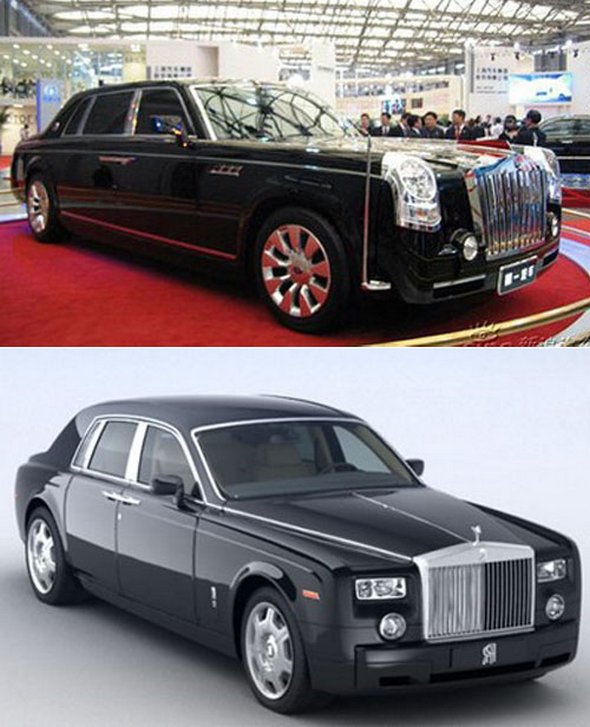
Bonus: if that was too easy, here’s another one which is much harder to tell.

… anyway, in the 1930s, the Soviet automobile production didn’t quite have to deal with global safety standards, trademarks, or really anything – so copying Western vehicles was not only not looked down upon, but was seen as a great way to get a head start with vehicles.
Sadly, somehow something got dropped and the only cars that were really ripped off were the presidential limos and the like – somehow the muscle car boom never quite carried over (like it did to Japan, who did exactly the same thing in the 1960s-1970s, ripping off American muscle cars and miniaturising them for the Japanese market) – the Soviets basically said “our general secretary need good car. Also Politburo need good car! Regular man take tram.” And so the ZIS-110 was born, a direct derivative of the Packard Super Eight with a lot more chrome added, because you know, chrome good.
Moving on to cars that the regular mortals could afford (ha! that was a joke. Nobody could “buy” a car in the Soviet Union – you had to be allocated it based on how equal you were to others, and only then could you actually get one – at least until the late 1980s). Here is an almost complete representation of Soviet production. In the foreground is the Fiat-124 VAZ-2101 (actually, this one wasn’t ripped off – it was produced under license!), followed by the ZAZ-968 (the Russian Porsche! Rear-engine and air-cooled, heheh) and a ZAZ-965 as well as a Moskvich 402, followed by a pair of Moskvich 2140s.
More Moskvichs: a 408, and a whole bunch more 402s.
Another look at the Russian Porsche.
I mean, if it’s rear engined, rear wheel drive and air cooled, isn’t that good enough? If it walks like a duck… 🙂
They even made a pickup version!
So as you can obviously tell, Soviet car production has always been somewhat… utilitarian. However, if you recall, I did mention that the USSR, and Russia today, always clamour to prove to everyone that they can be #1, it’s just that they usually don’t care to be. So sometimes they’ll go and make something to prove to everyone that they know exactly what they’re doing… and they’ll only make one of it, and it’ll only go around in circles, and they’ll say ok, good enough, let’s go hunting. In this particular case, they said hey, you think we can’t make a fast supercar? Sure we can. So they went and made the Marussia B1 and Marussia B2, of which the B1 is represented here. Except rather than making 2,999 of these, they only made about a dozen, and then the entire company left to work at a government-run technical institute. I’m not even making this up. “Hey, let’s abandon the coolest looking supercar in a generation and go work for a government research centre.” Beggars belief.
3.8 sec 0-100, 250 km/h electronically limited speeds (because you know, Russian roads), carbon fibre monococque… like seriously, this was a pretty good contender. But nope. Government-run research facility. And hunting.
Russia also made electric cars. Because you know. It can. They weren’t exactly … Tesla-looking…
… and the “electric” part of them was more or less as if a guy sat together and wired up a bunch of batteries together (which is probably exactly what happened)…
… but they sure as hell existed, so there, the West, take that.
Another throwback to nostalgia days: making the average Russian reminisce about how camping with tents used to be before the crazy days of separatists, simmering civil wars, and generally disgruntled populations.
Another variant of the Russian Porsche. See the air intakes in the back?
Of course, since the museum isn’t aimed at foreigners looking to learn about cars that they have never seen (and rather at Russians who don’t want to see cars in a museum that are parked in their own apartment block’s parking lot), there has to be some foreign vehicle representation. Here’s an SCCA dragster Corvette (seriously, what the hell? The collection of this museum definitely needs some curation).
A Fairlady (right-hand drive!), a Mercedes and a VW Bug…
… and a dragster Pontiac Barracuda (like really, what the hell – was there a sale on foreign cars somewhere?).
Moving back to “unobtainium” territory, here is a GAZ-13 “Chaika”. Attentive readers will remember that in my Speyer museum post, there’s one inside a plane!
The Chaika was a limousine for the well-to-do Communist officials that individuals could not purchase (but could rent for weddings and so on), but wasn’t the top of the pyramid.
The above is a GAZ-13, and this is a GAZ-14 that’s basically a slightly modernised version redesigned for the roaring 1980s.
But no. The honour for the top “unobtainium” vehicle of the Soviet auto production belongs undoubtedly to the ZIL-41047, which was a car that was made exclusively for the absolute top elite, with production not exceeding 50 units or so per year. In this picture you see a standard ZIL-41047 in the background, and in the foreground, you see an even more rare ZIL-41072 “Scorpion”, which is an escort vehicle designed for armed support: note the running boards on the side for armed personnel to stand on the side of the car, and not shown are the seats in the centre of the car that turn on their axis and the rear window that lowers, allowing easy firing positions in case of … problematic situations. These cars were wild – with top speeds exceeding 190 km/h yet weighing 3 tons and beyond, it was basically a small planet that was designed to drive through any sort of obstacle on the road. Truly a special vehicle.
More prototypes and futuristic visions of a bland Soviet future.
Another well-preserved Moskvich-2140…
… and a cargo 438.
Of course, the fascination with the US of A remains, and so the 1950s are well-represented:
… as are the 1970s with the awful Sylvester Stallone action movie police cars and chasers.
Another view of this mediocrity:
Someone couldn’t quite settle for a diamond-studded Lamborghini (I mean come on, there are dozens of them – everyone has one!) so they diamond-studded the Zaporozhets instead. Points for effort!
… and hey, how could a Russian car museum be complete and not have a real Porsche?
Anyway, after this educational visit into the history of Russian (well, mostly, Soviet, considering the “current” generation Russian cars are too new to be classic in any way) automotive industry, it was time to head to the fields of Monino, where the Central Air Force Museum is located.
A little bit of background first. Whereas the Soviet automotive industry is more of a curiosity than a bellwether of world domination, with cars that are diminutive, weak, and mostly bland and uninsteresting, Soviet aviation is a completely different story. The USSR has always been a formidable military opponent, and getting the opportunity to see some of the “formative” years of today’s Russian army was something I could not miss. After all, in the West, most military aircraft are either secret or scrapped, with only the surviving designs being on display – and there’s only so many Stratofortresses, F-14/15/16s, Lockheed F-104 Starfighters (which is a bit of a lame plane, despite the amazing name) and even F-22s that you can see. They all just sort of blend together after a while. Soviet military is different. The best comparison is maybe to dinosaurs: not in the sense of being ancient, because most of the planes aren’t – but in the sense of nature (or the Soviet government, in this case) trying everything to come out on top, and not scrapping failed designs, but retaining them for educational value. I expected there to be a good variety of military planes on display, but I was honestly unprepared to just how many types of planes were at Monino.
For it being “the largest” (or one of the, anyway) air museum in the world, it was incredibly hard to find, though. When we actually got there, there were pretty much no visitors, a bland parking lot, and a man making grilled meat (shashlyk). There was also a man selling collectible lapel pins from Soviet times.
The entrance to the main pavilion was fairly quiet.
Inside the pavilion were some examples of early Soviet aircraft that originally got the air superiority started. For example, this Polikarpov I-16: it was the first fighter aircraft with retractable gear, made in 1933.
The Il-2 was the Soviet Union’s main weapon in the Second World War: with over 36,000 planes built, it was also the most mass-produced aircraft ever in the history of aviation. It was an incredibly powerful air-to-ground attack fighter, with the ability to penetrate German tank armour, and yet being manoeuvrable enough to avoid most ground-to-air fire.
Various exhibits outline the history and the achievements of Soviet aviation, such as this one that talks about the longest-distance flights.
There was also the uniform of Gary Powers, the U-2 pilot captured during the Cold War. Those things didn’t interest me as much as what was in the open grounds beyond. This is where everything that you’ve ever been curious about is parked. Or if you’ve played literally any computer flight simulator of the 1990s, literally all these names will be familiar – I was in flight sim paradise.
The first thing you come across is a Tu-4 “Bull”. A massive strategic bomber, it was originally a copy of the B-29 Superfortress. The crazy story about it is this. Towards the end of WW2, the Russians really wanted a super-bomber, but they couldn’t get their hands on one because the Americans wouldn’t lend them any. They started developing their own, but at one point, the US was doing bombing runs against the Japanese, and four of their B-29s crashed or landed in Russia. The Russians returned one to the US, and took the others apart, and went through wild hops to reverse-engineer them… and within a few years they flew them overhead during the usual May parade. Western observers present assumed these were B-29s, because they knew that the Russians took a few of them…. until they were completely shocked to discover that the number of planes is a little bit more than what they have salvaged, and this is how they knew the Russians can now reverse-engineer stuff.
Of course, turboprops were on the way out, and jet era was fast approaching. Also, it seemed sort of lame to have the pride of the fleet be a reverse-engineered enemy plane, so the Tupolev Design Bureau quickly got back to work, and came up with the Tu-16: the first proper strategic bomber the Soviet Union had.
Incidentally, random trivia question. Do you know what the first commercial jet airliner was? If you said Boeing 707, you’re wrong: it’s the de Havilland Comet. Nobody remembers that one, though; but guess who was the second? If you said the Boeing 707, you’ve got to stop plugging that thing everywhere: it wasn’t. It’s the most well-known one, sure (if only because John Travolta still owns one in Qantas livery), but it’s not the second. The second jetliner to enter commercial service was the Soviet Tu-104, which was the civilian version of the Tu-14 above.
Next up is the Tu-22. Now we get into the oddball dinosaur evolutions of planes, which is why it’s so cool to be able to see this. This was an evolution of the Tu-16 – the designers said look, we know how to make supersonic jets now, so why don’t we make the same thing – a strategic bomber – but make it supersonic? Well, they failed, and the plane they created flew fast, but for shorter distances and with less munitions capacity than the Tu-16, so it was quickly shelved. It was also a time (late 1950s) when ICBMs were discovered, which made the government think that planes in general were probably running obsolete. So only a dozen or so of these planes were made, and they were written off as a history item in the later part of the century.
Here’s more oddball planes. This is a Myasishchev M-4: a giant supersonic bomber that was built to attack North America. The stick in the wheels was when they actually flew it and realised that although it had enough range to fly to North America and drop bombs… it didn’t have enough range to come back. So that would be a pretty damn expensive one-way mission. They built four of these, and parked them, more or less.
The next up is another strategic bomber, the Myasishchev M-50. Again, an evolutionary dead end, but nevertheless one that looks pretty cool (the engines are actually different – two pairs of one, and two pairs of another).
Next up is a yet another evolutionary dead end. When the Americans came up with the XB-70 Valkyrie, a super-supersonic (Mach 3+) bomber that could carry nuclear weapons at 70,000 feet and be completely unreachable by interceptor aircraft (because it basically moved too fast for them), the Soviets needed to respond. So they started building the Sukhoi T-4: the response to the Valkyrie. It was supposed to carry “similar” weaponry at “similar” speeds, but two things happened: first, Soviet military command started pushing for ICBMs even further, and developing such expensive aircraft suddenly became somewhat pointless. Second, they realised that they didn’t need interceptor fighters – they just needed some really smart surface-to-air missiles… and so that’s what they built! (remember that famous joke about NASA developing a ball-point pen that could work in space, and the Russians just using a lead pencil? This was kind of this). Suddenly the Valkyrie could be shot down just as well as before, because it couldn’t outmanoeuvre the missiles. Suddenly, the whole point of the Valkyrie was gone, so they tried to fly it at low altitudes to avoid radar… but then it was basically a really expensive replacement for a B-52 Stratofortress, and didn’t really add any functionality, so Kennedy shut the program down.
Neat side story: see how the nose dips? When the nose is up, i.e. in landing / takeoff position, the pilots cannot see out and have to fly on instruments… which basically means all the time. There’s a sort of periscope you can stick out at sublight subsonic speeds, but at full throttle, it doesn’t work. How odd.
Look at those engines.
Another plane which was quite fascinating, though totally in a different vein, was the Ilya Muromets: world’s first quad-engine heavy bomber, built between 1913 and 1918. It’s…… HUGE.
Back outside, where the mega-awesomeness continues. This, of course, is the Tu-95 “Bear” – probably the same iconic plane for the Soviet Union as the B-52 Stratofortress is for the USA. Around since the 1950s and in active service today (!), this thing can carry a lot of oomph pretty far.
There are rows and rows of other aircraft. MiG strike fighters, interceptors, Su-25s, 27, all varieties of them, helicopters, and all sorts of things.
There is a woeful condition Tu-144 (the one that flew earlier, faster and higher than the Concorde – albeit for a shorter amount of time) which is currently being restored; access inside is on special days only, so you’re better off in Sinsheim if you want to see one. On the flipside, this one here flew into Monino under its own power – unlike the Sinsheim one, which was delivered in pieces.
There is the IL-62, which was the largest airliner in operation when introduced, and it was also one of the longest-range ones.
The predecessor to the IL-62, the Tu-114: the fastest (880 km/h, which is basically today’s jet aircraft!) and longest range (10,900 km!) passenger turboprop aircraft ever made.
Another shot of the long-range strategic bombers.
There was obviously a whole slew of other aircraft – a ton of jetfighters, helicopters, UAVs (unmanned aerial vehicles)……
… but none quite had the glamour of the Tu-144, the unconstrained awe factor of the bombers, or the nostalgia of the turboprop passenger jets, so I won’t post them here – I think the post is long enough as it is. It was a moving experience, visiting this museum; it’s somewhat sad that many of the aircraft are in rather decrepit state, but then again, many of them have been parked there for 30, 40 years – under the elements, and without too much maintenance, so it’s somewhat impressive they are “only” in the state that they are.
If you’re ever in the area, I highly advise the 40 minute drive from Moscow to check it out.

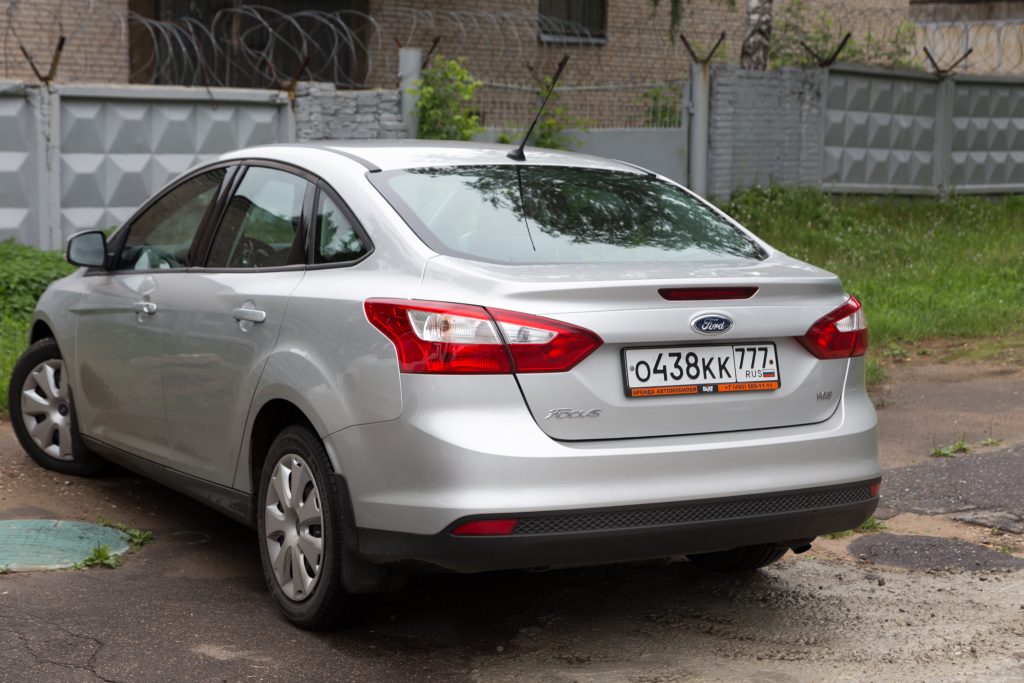
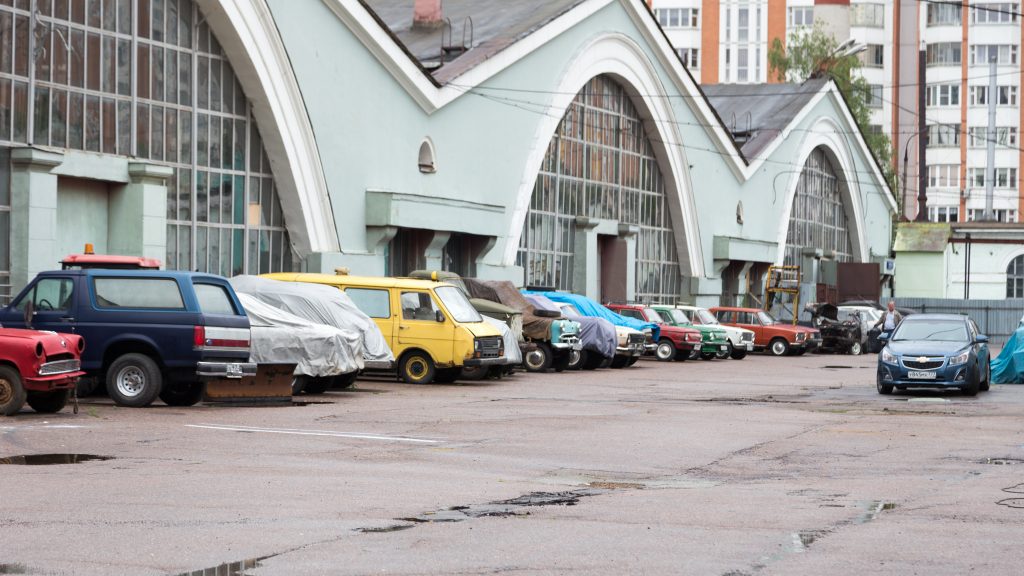


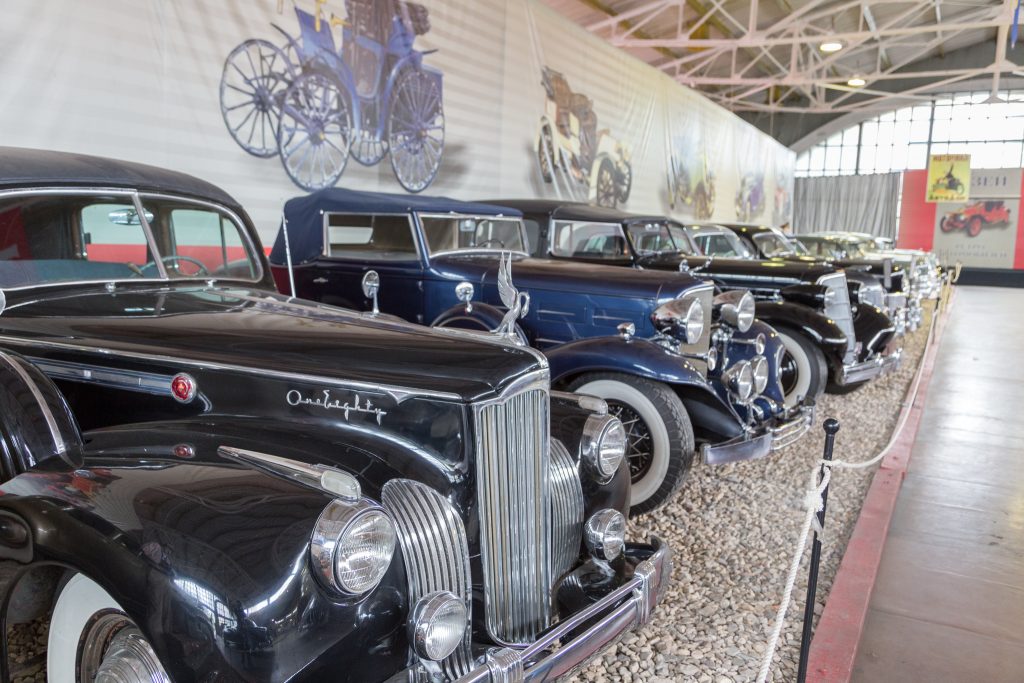
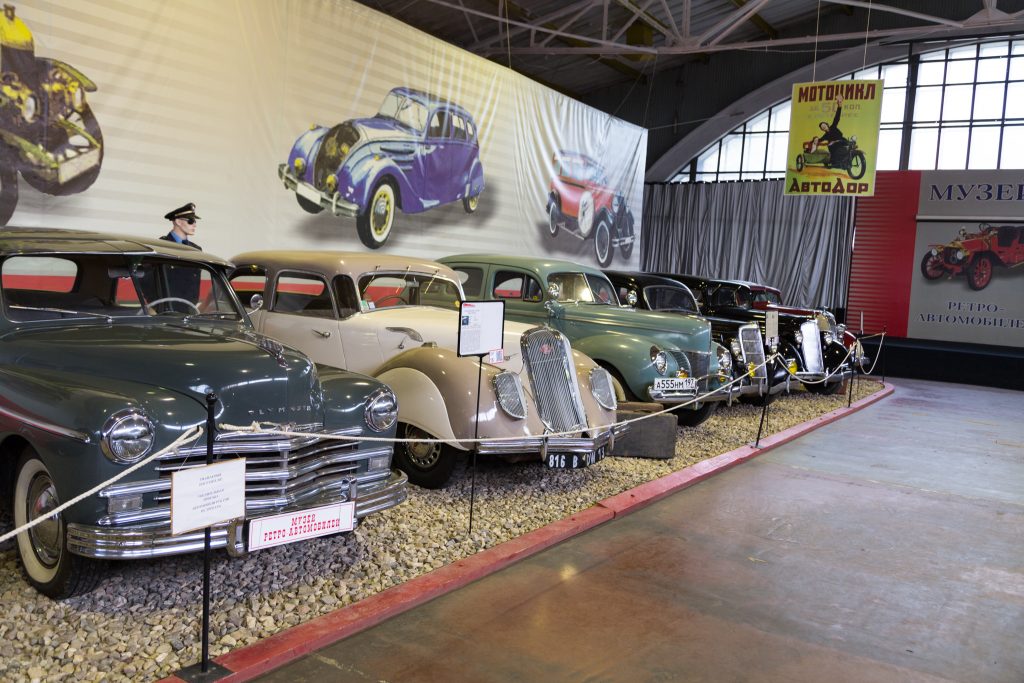

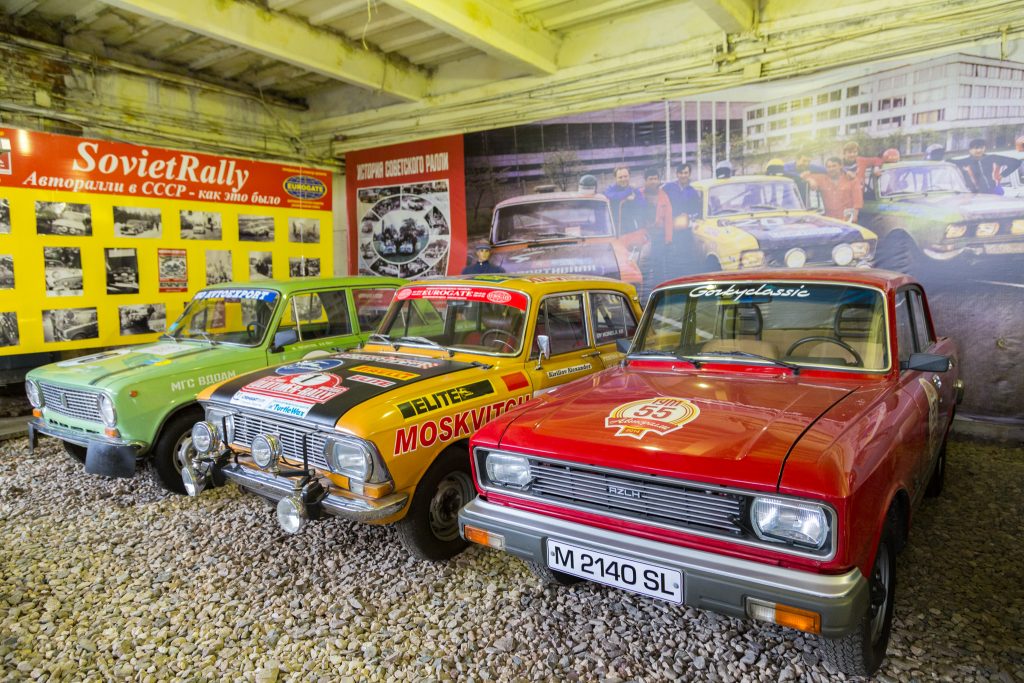


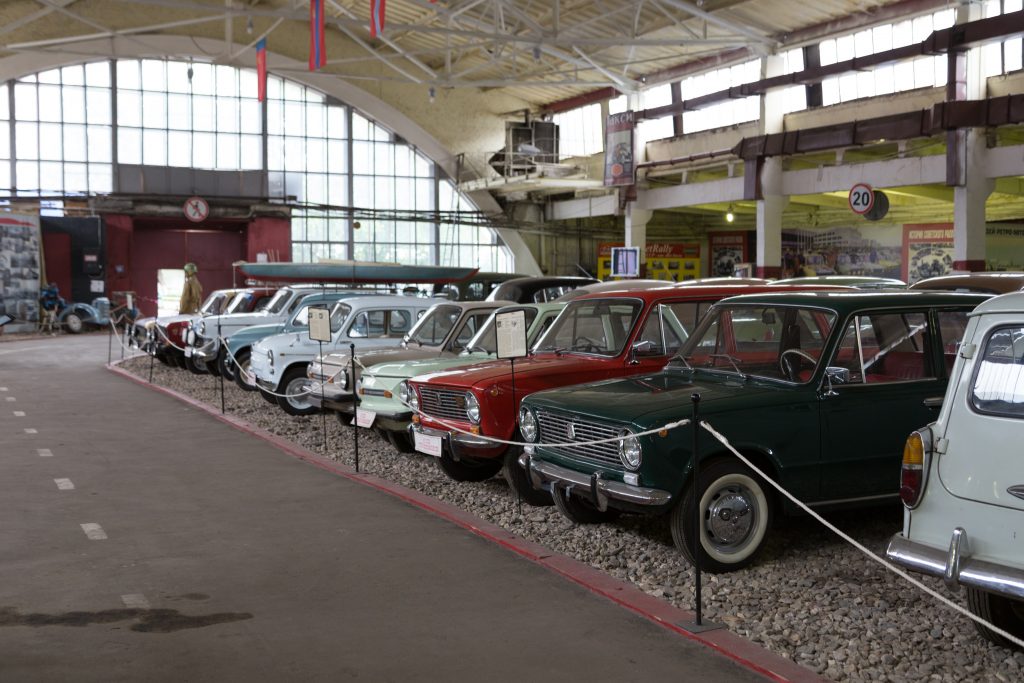

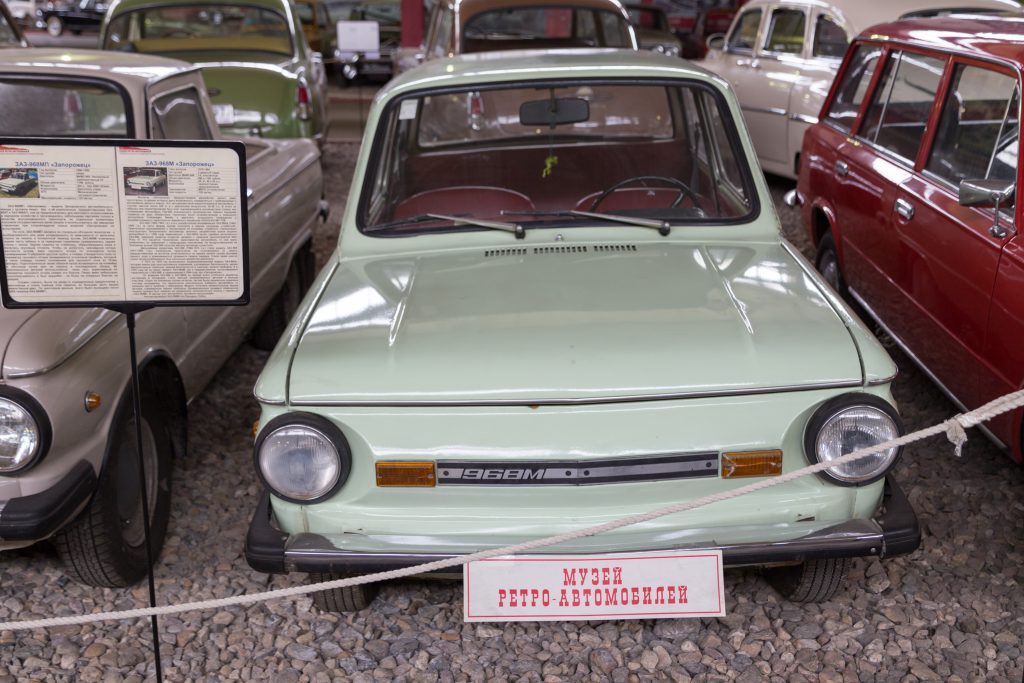

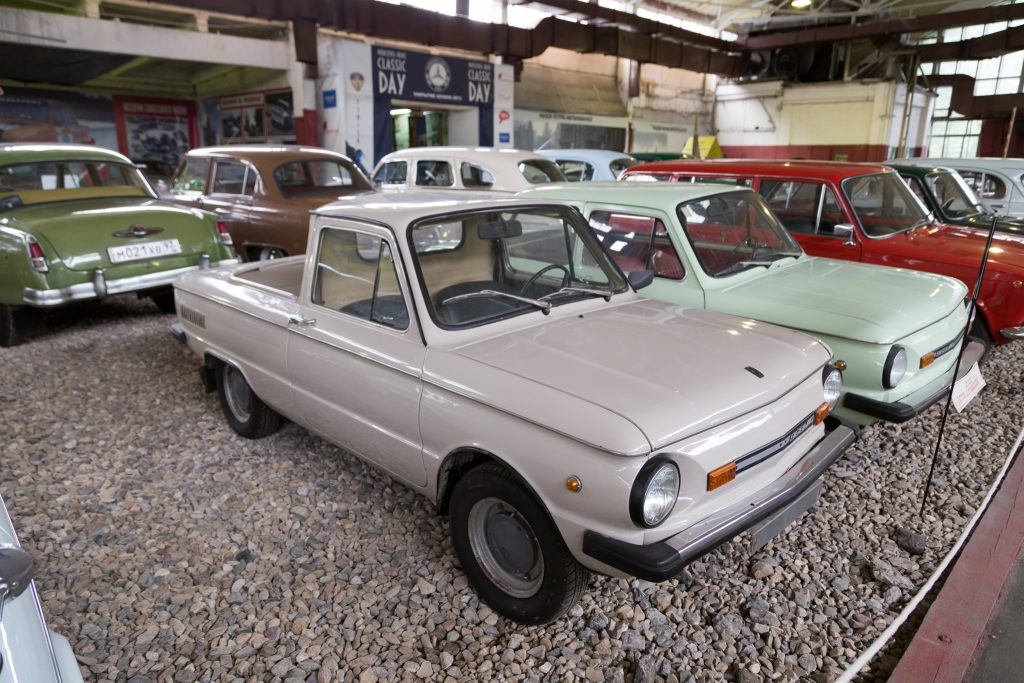
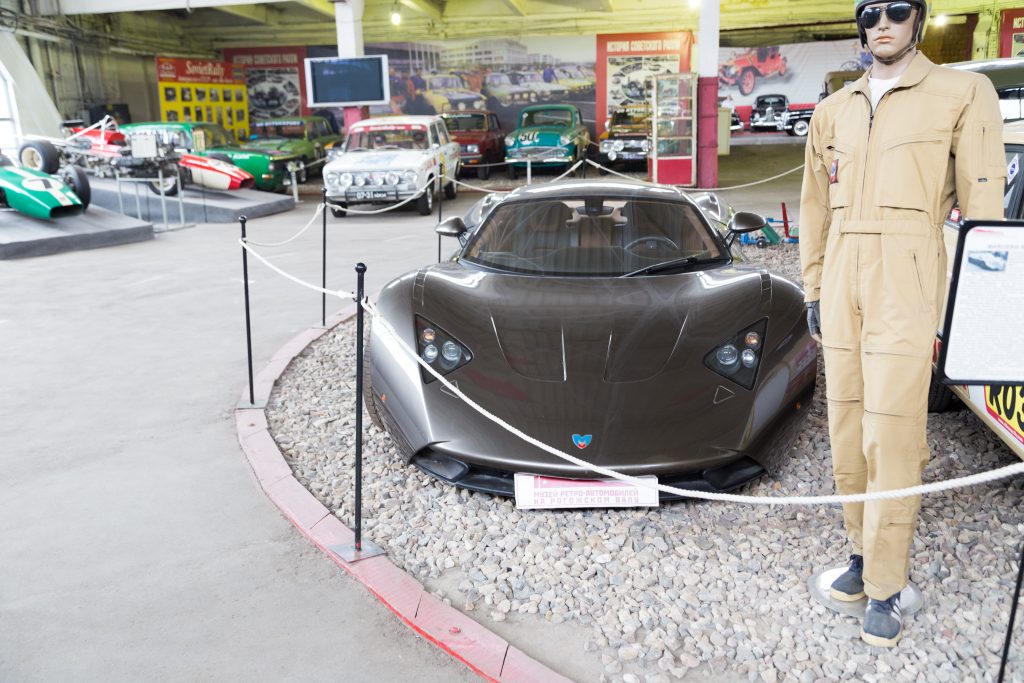

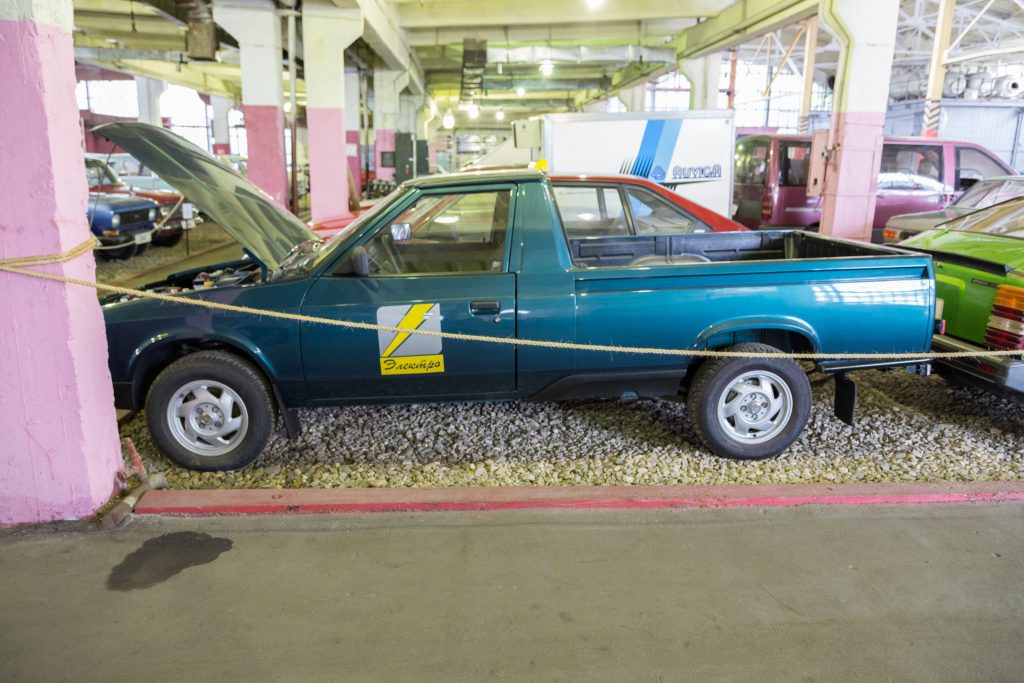
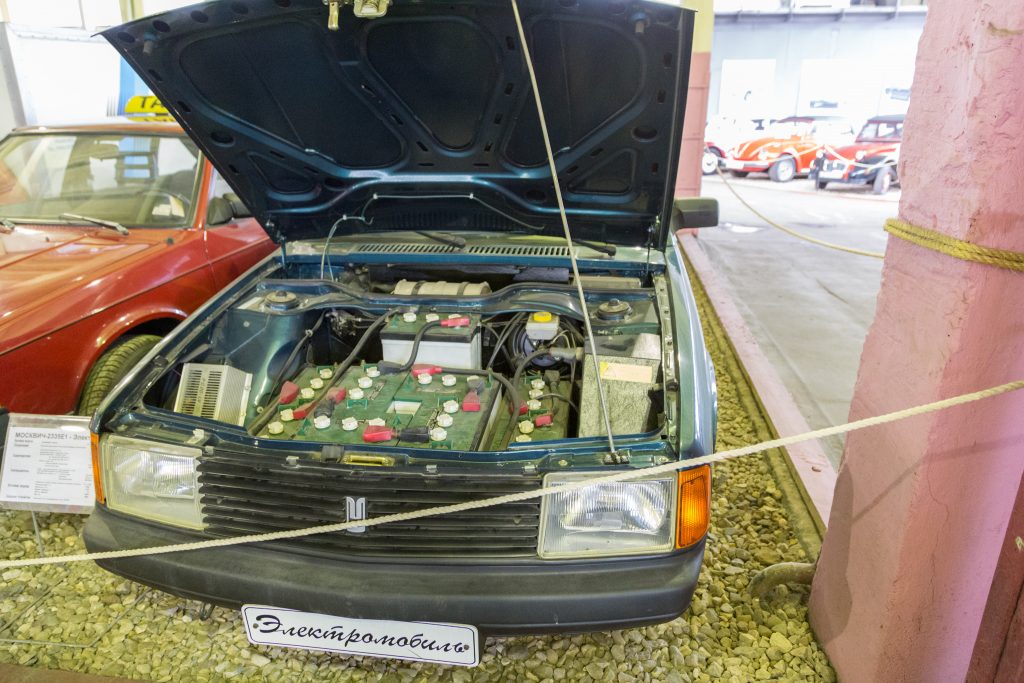


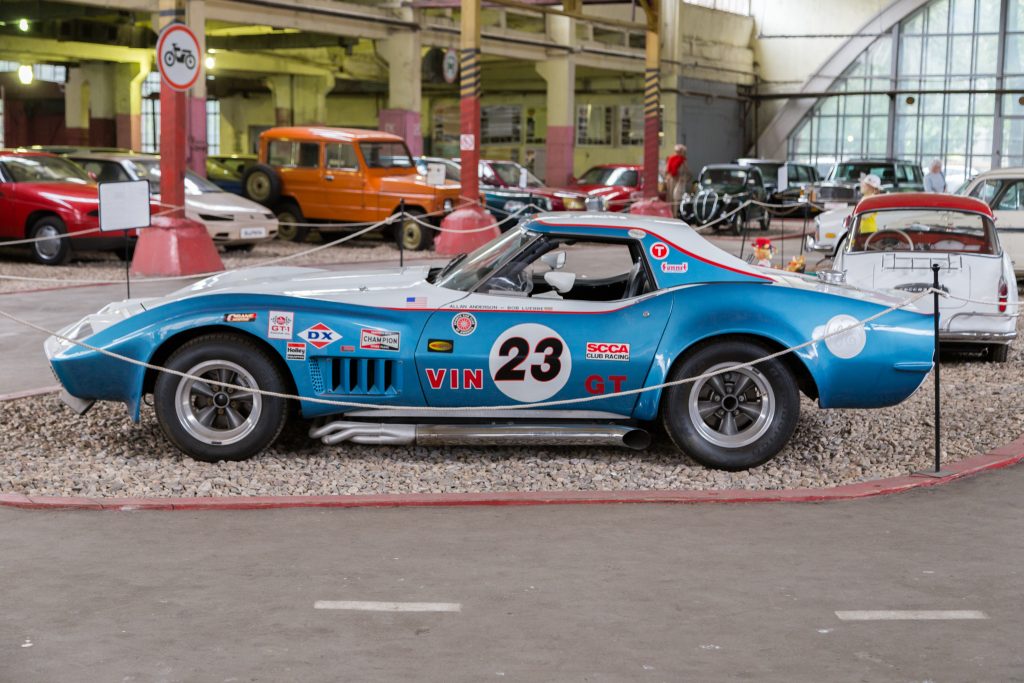
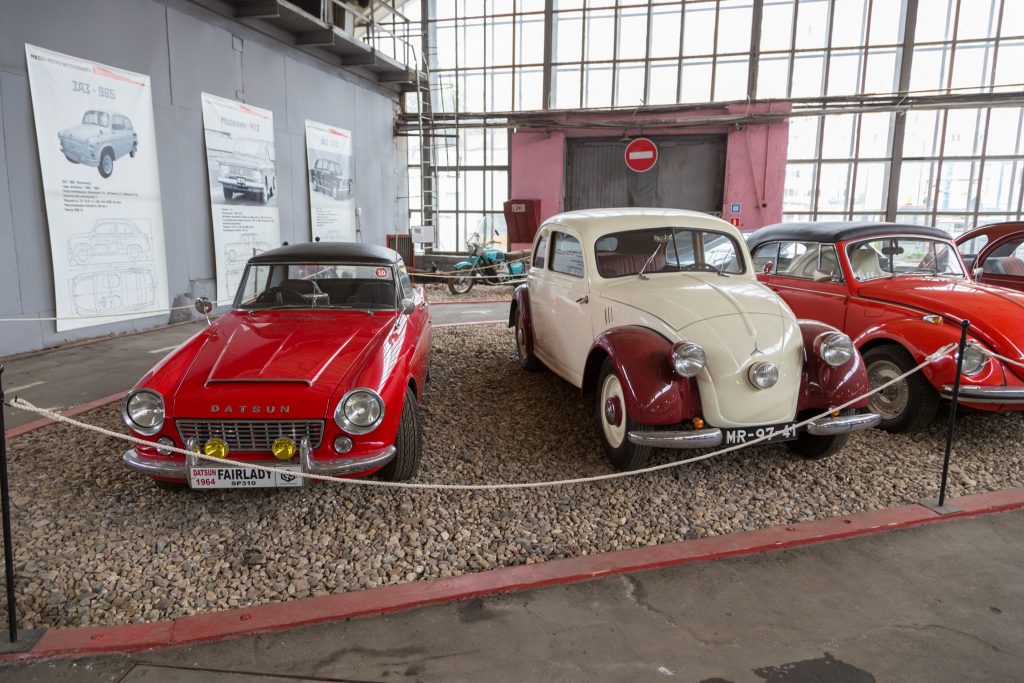

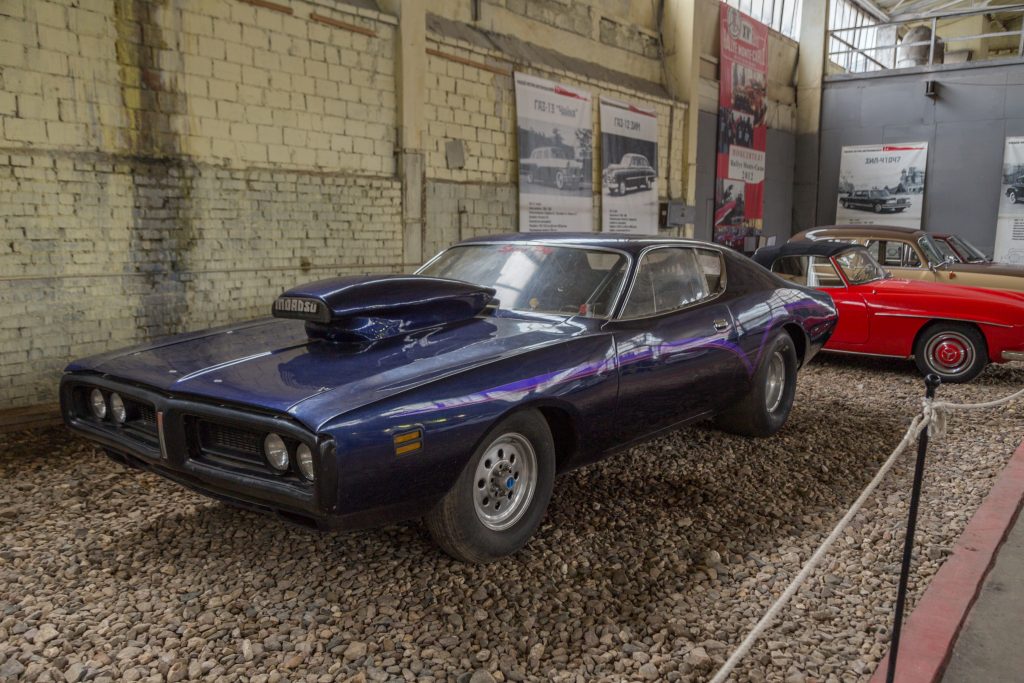
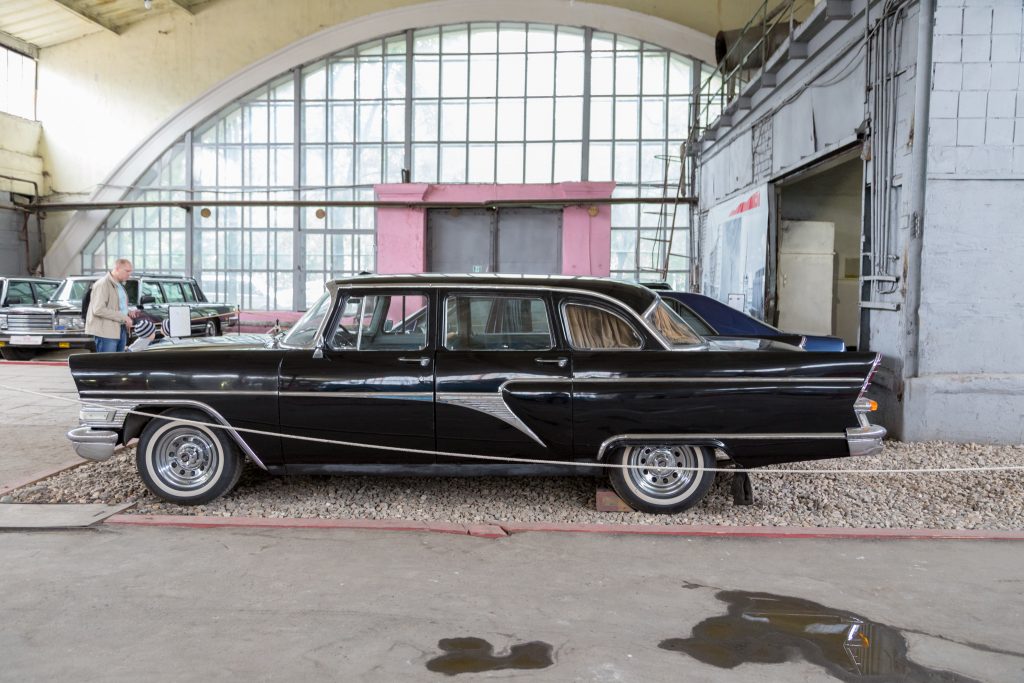

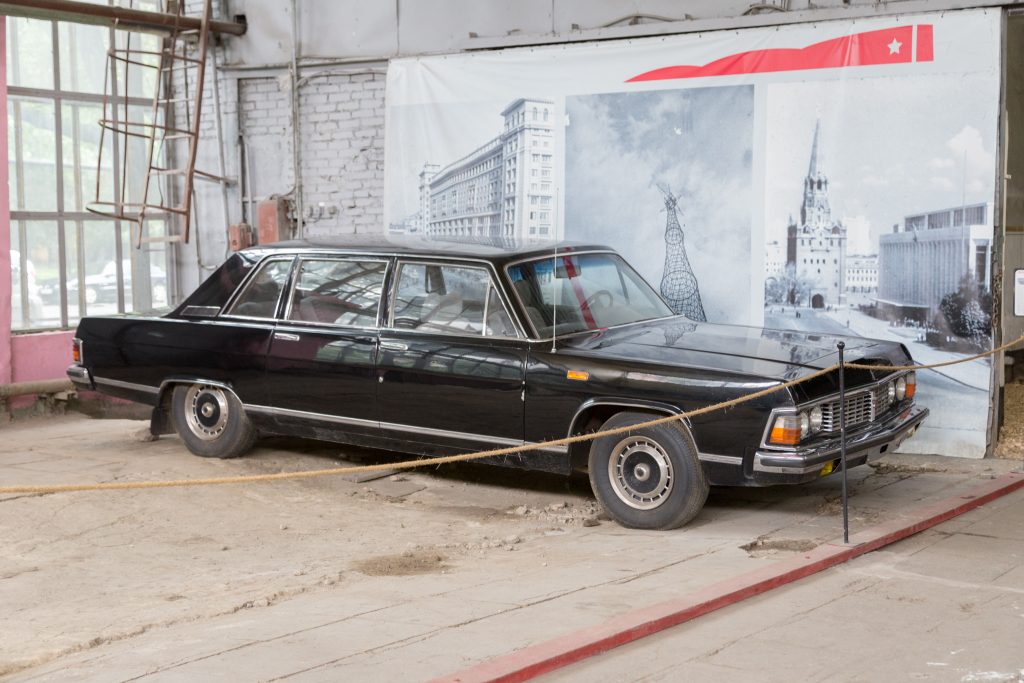

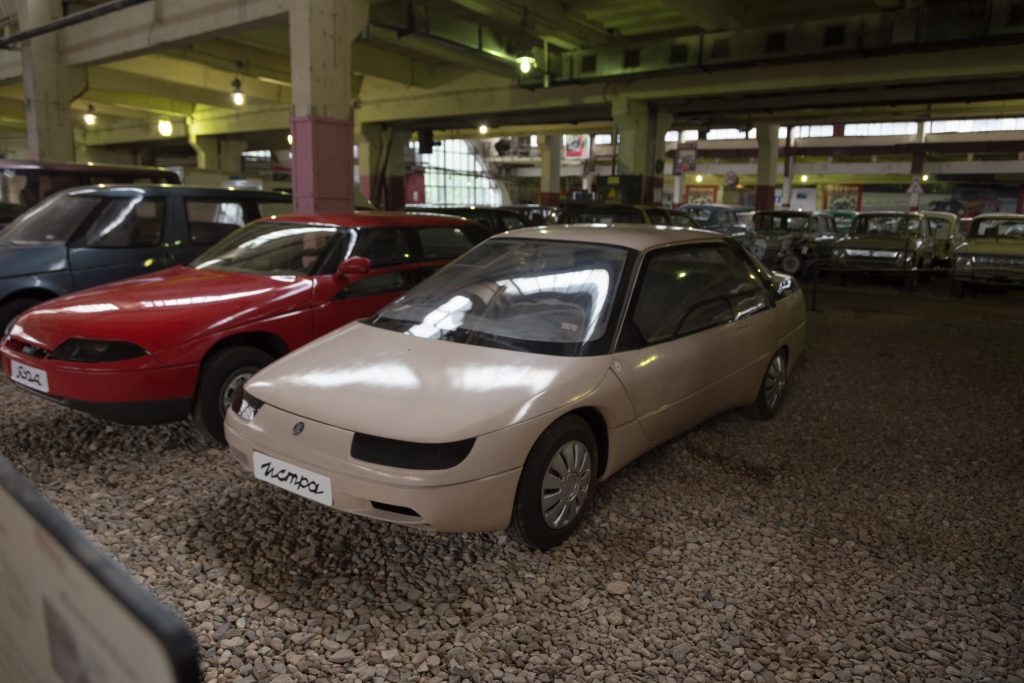

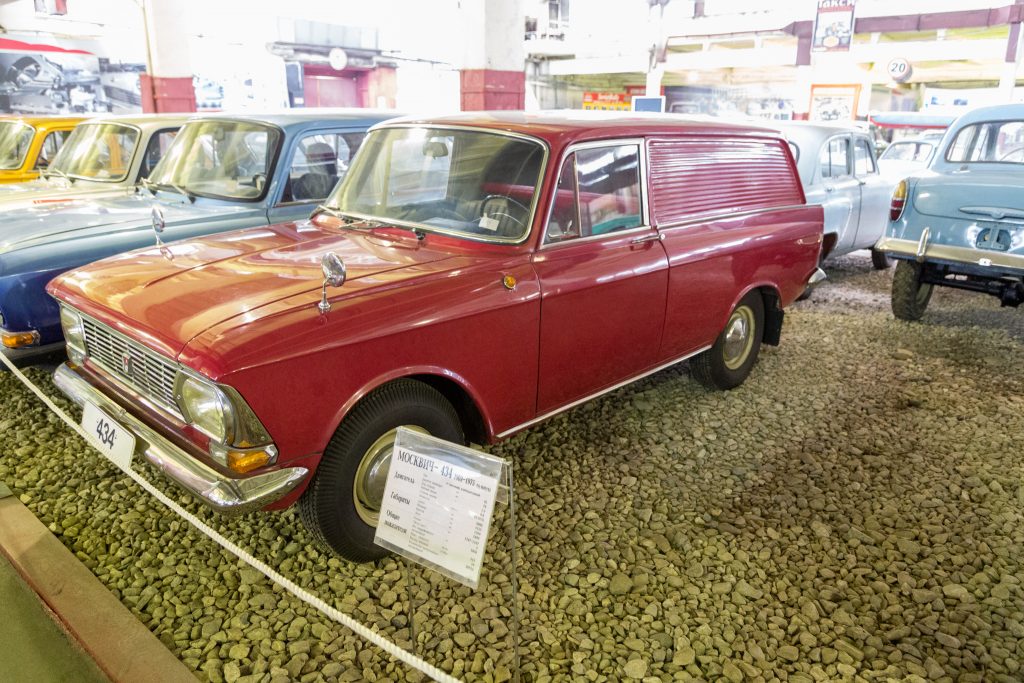
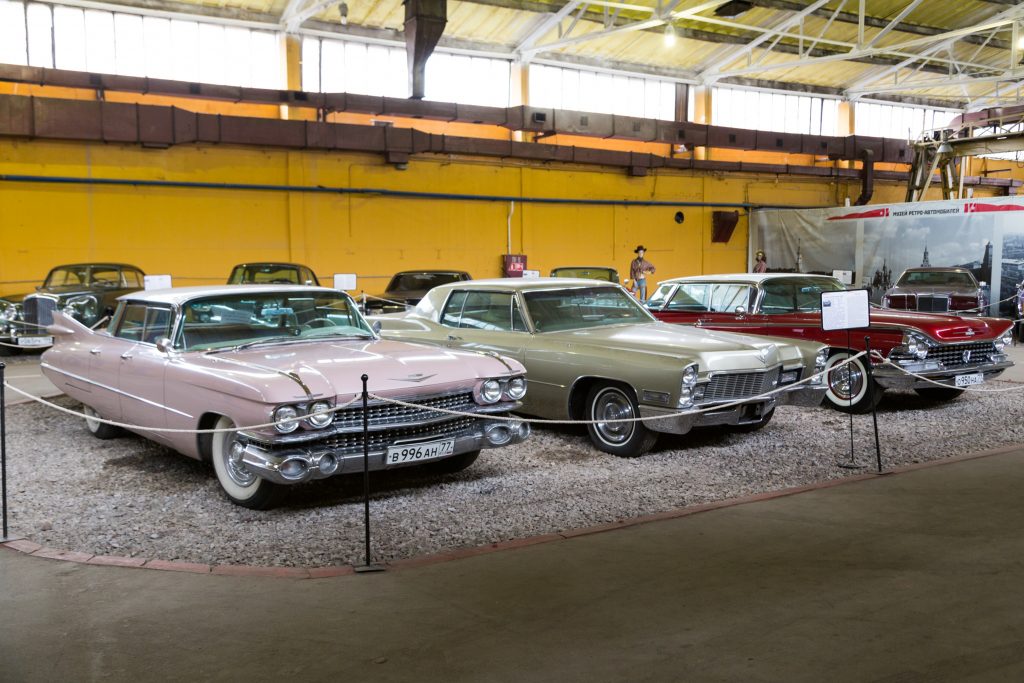
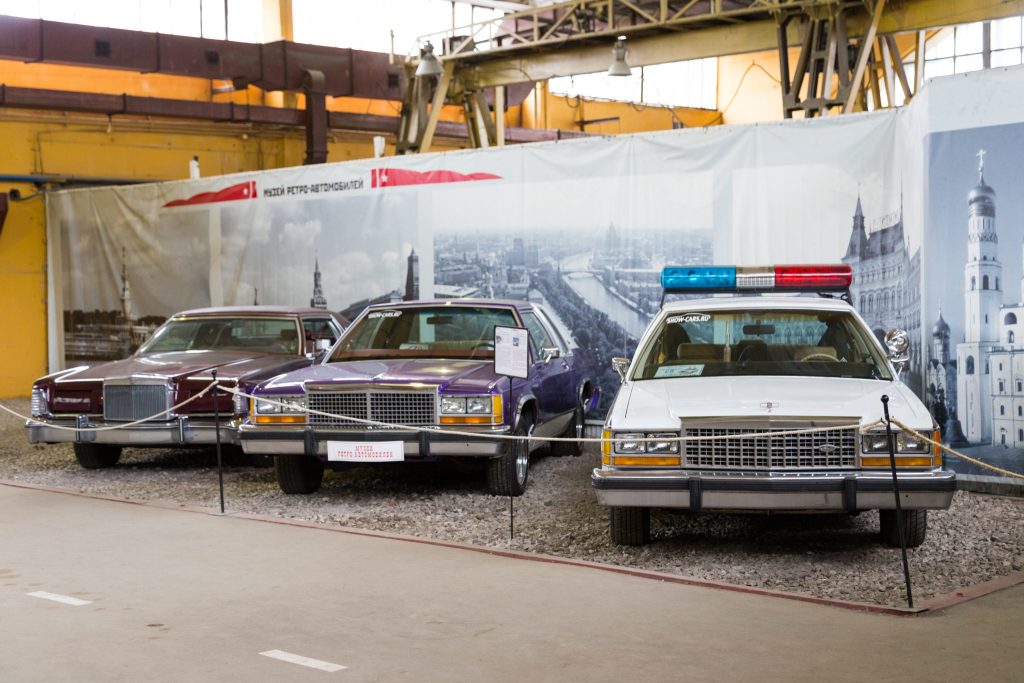
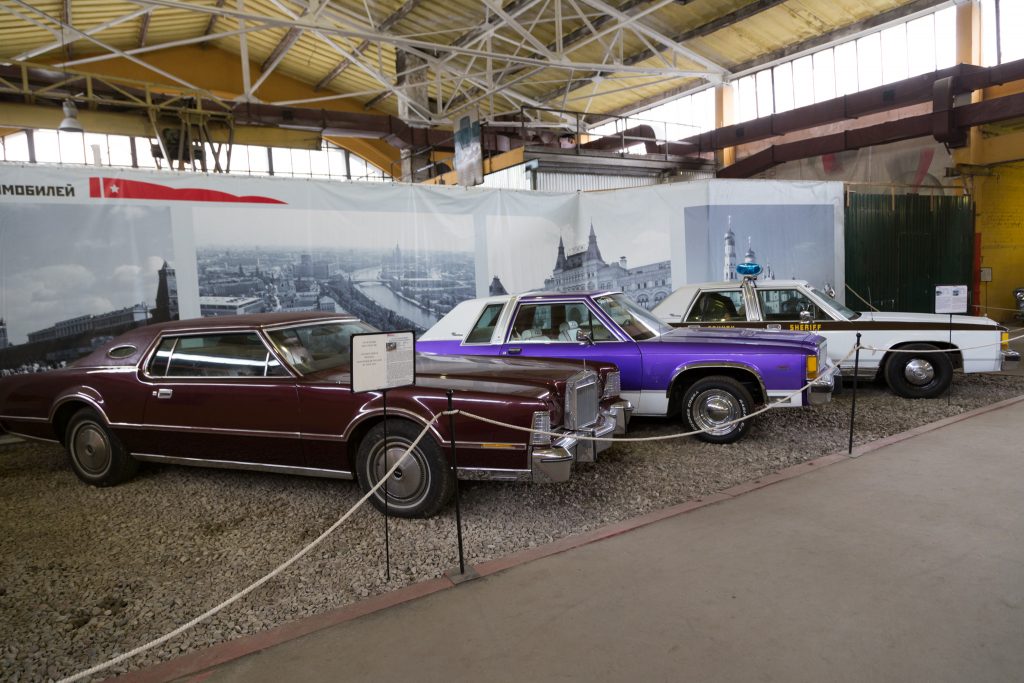


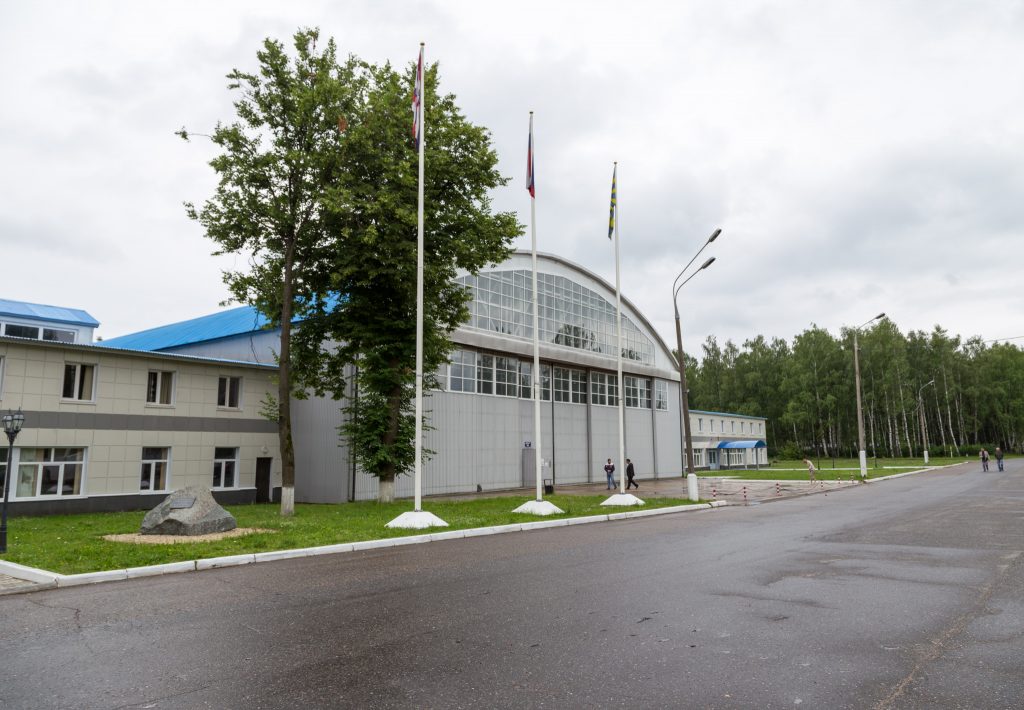
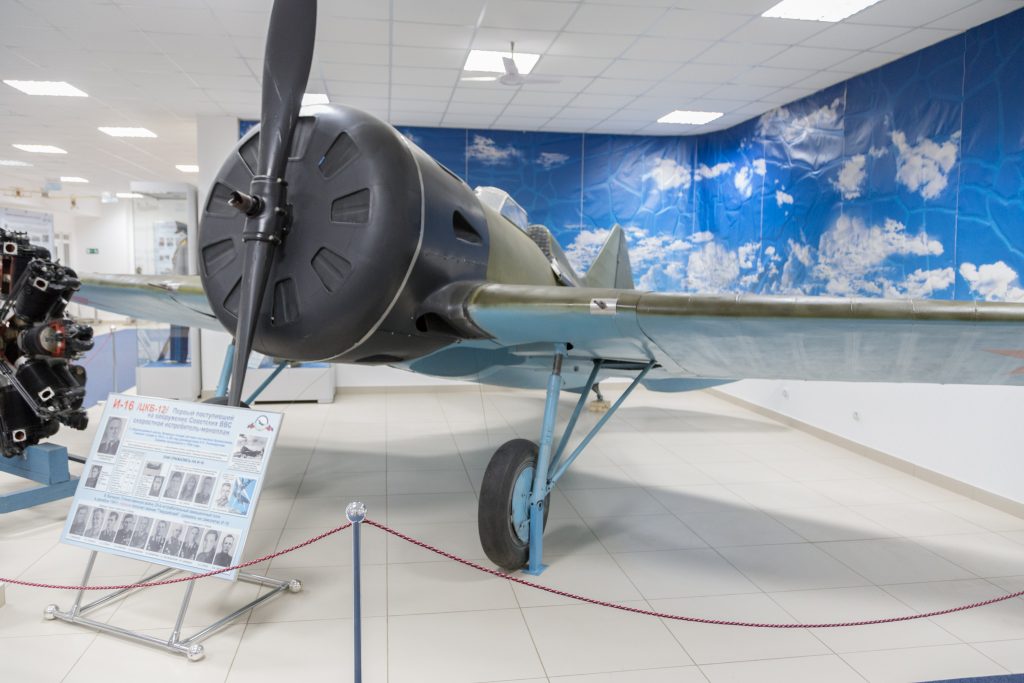
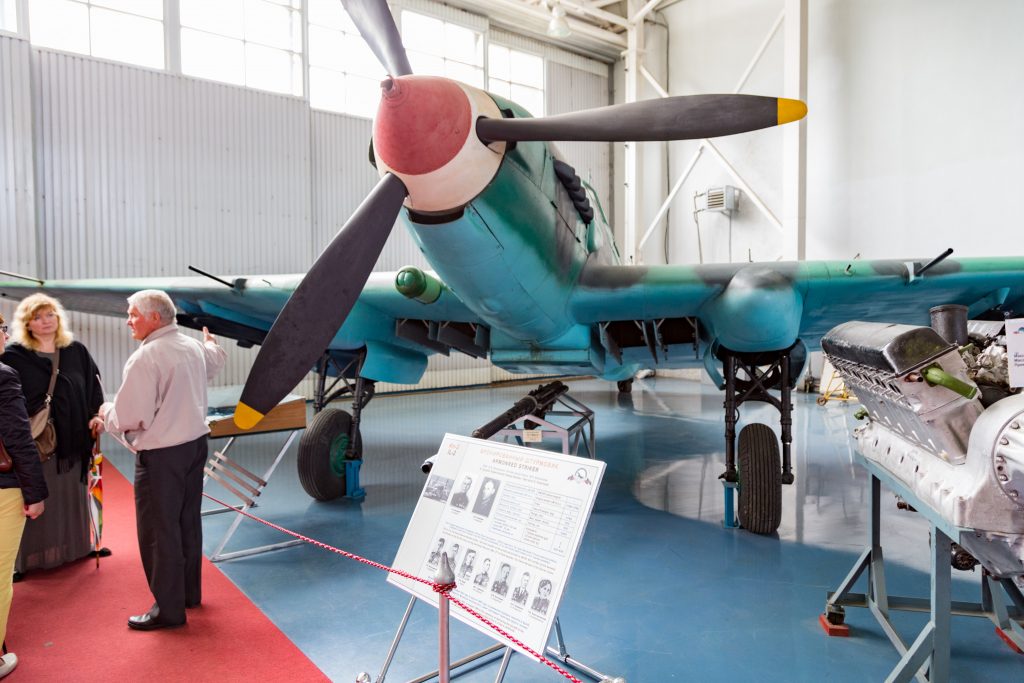

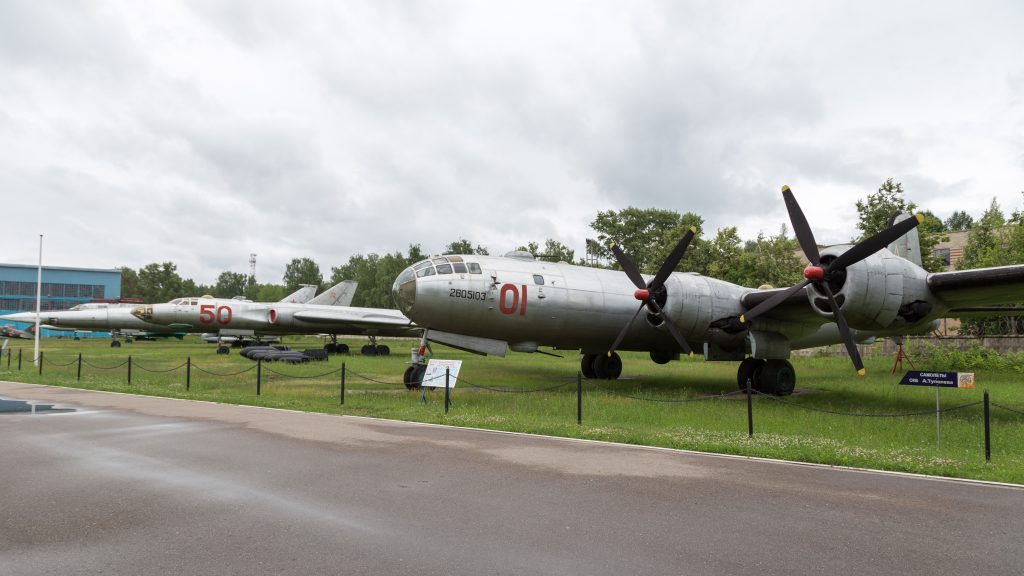

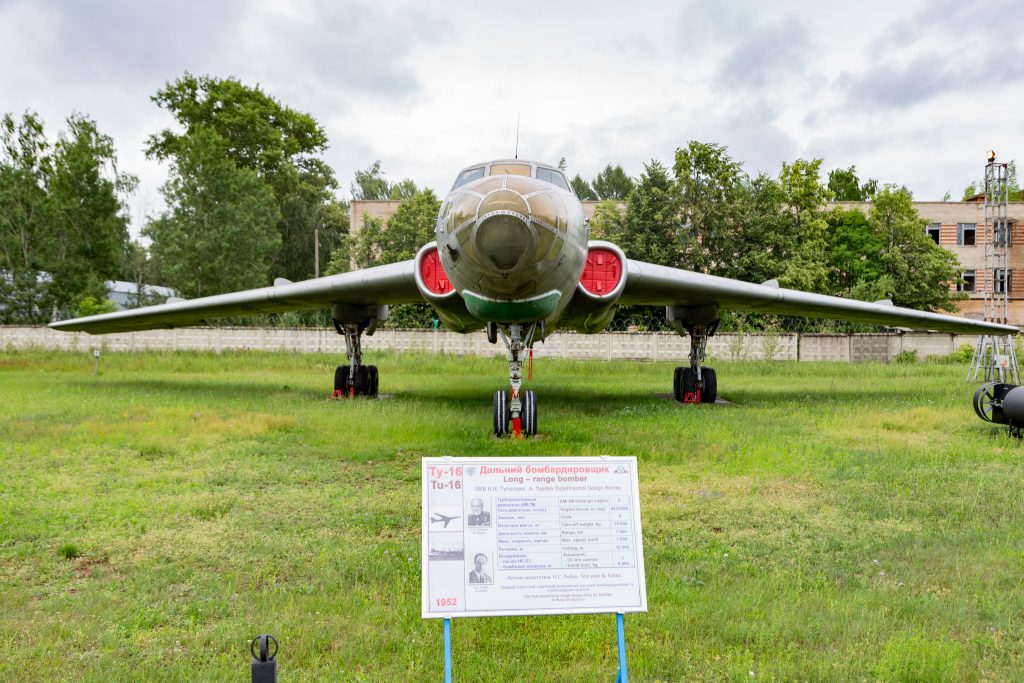
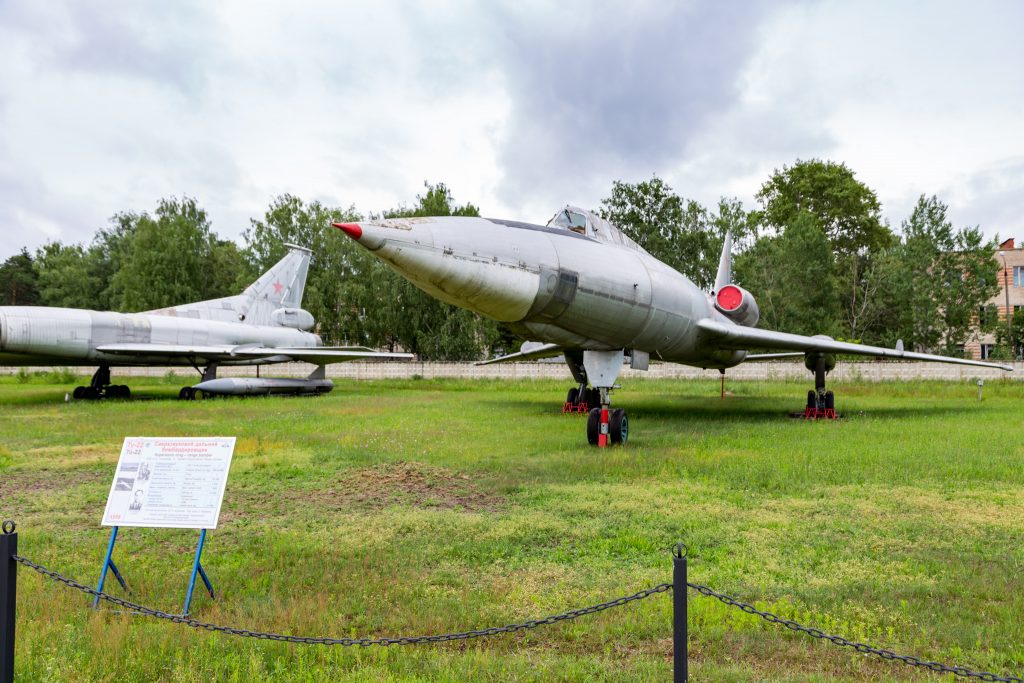
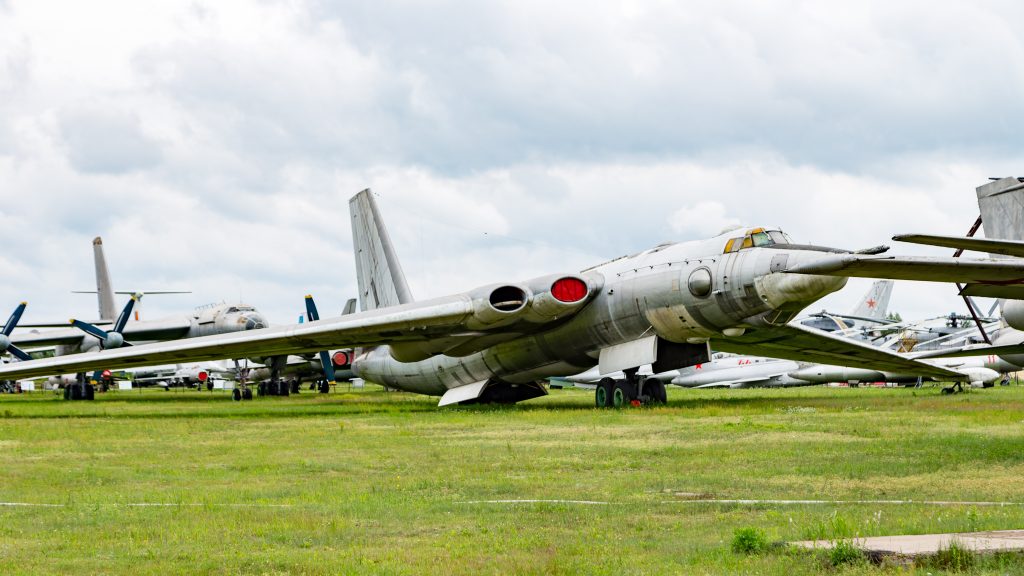
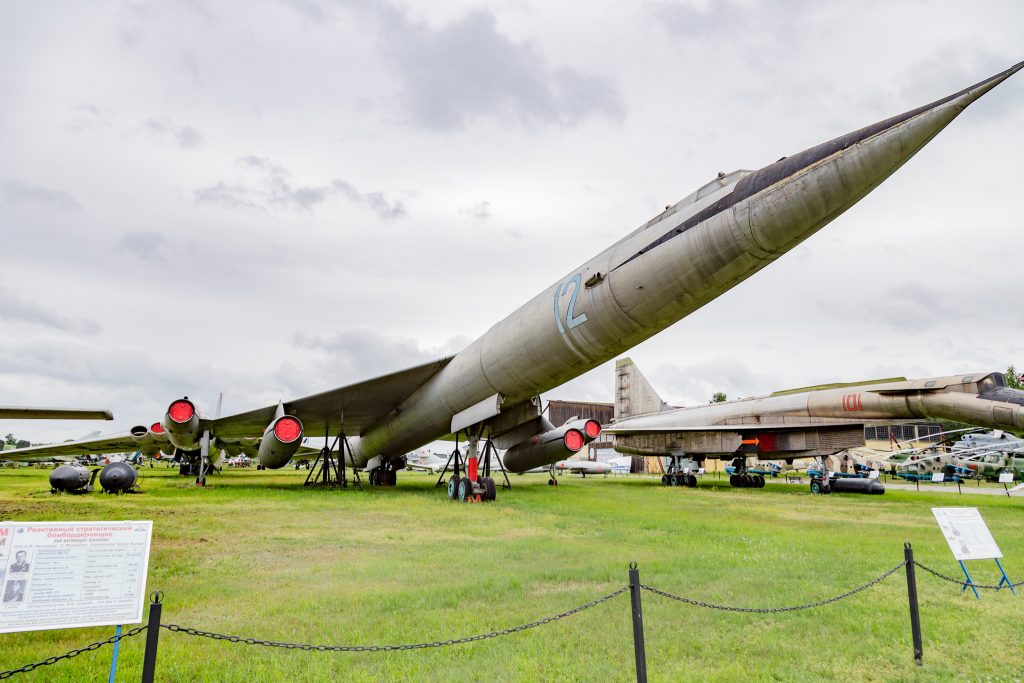
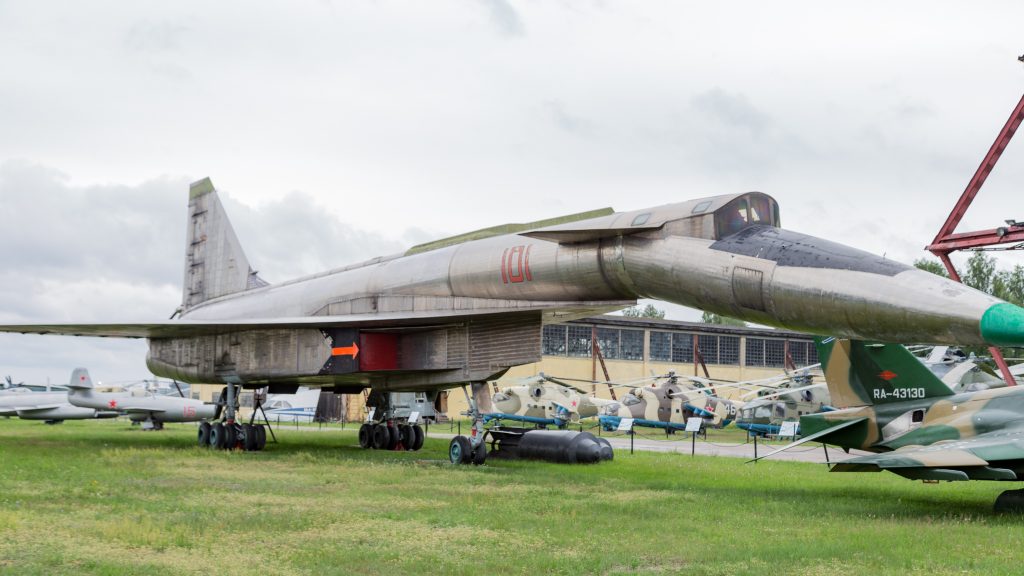

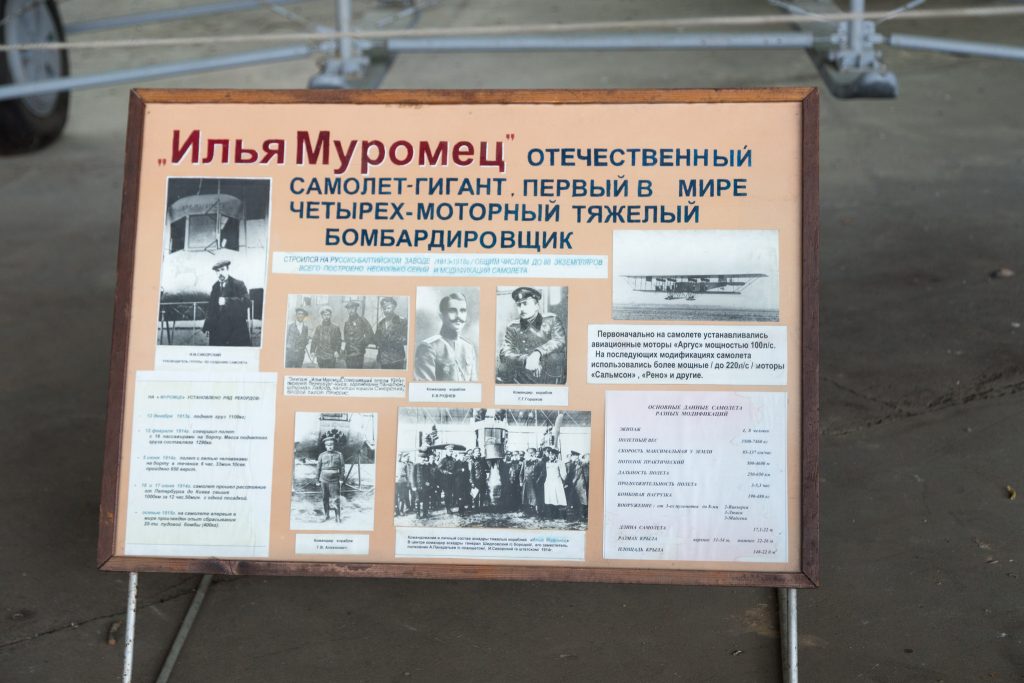
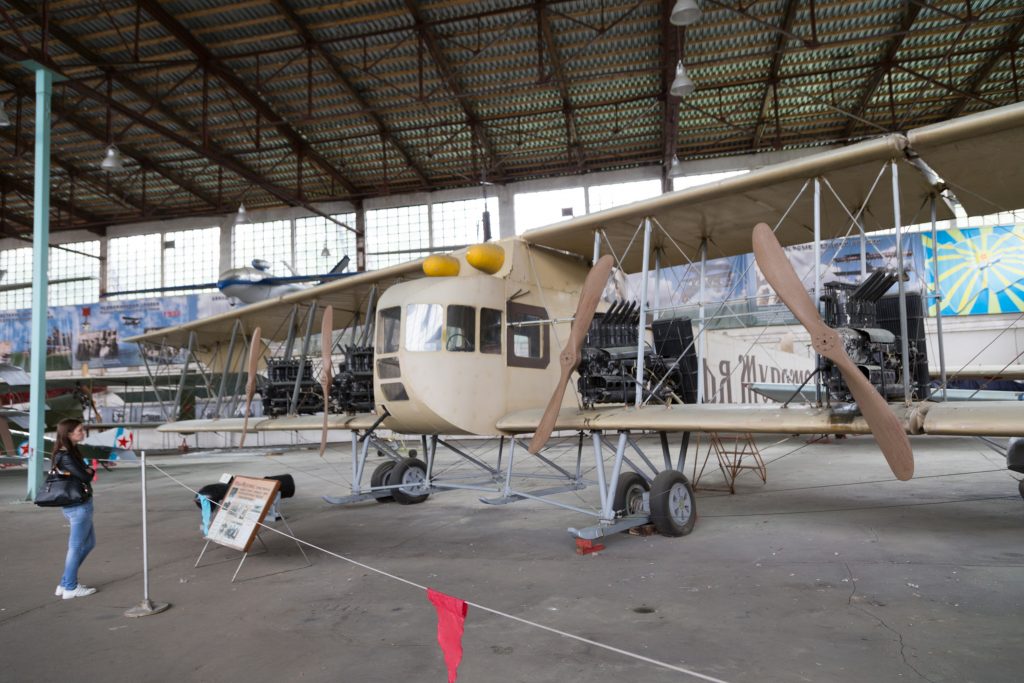


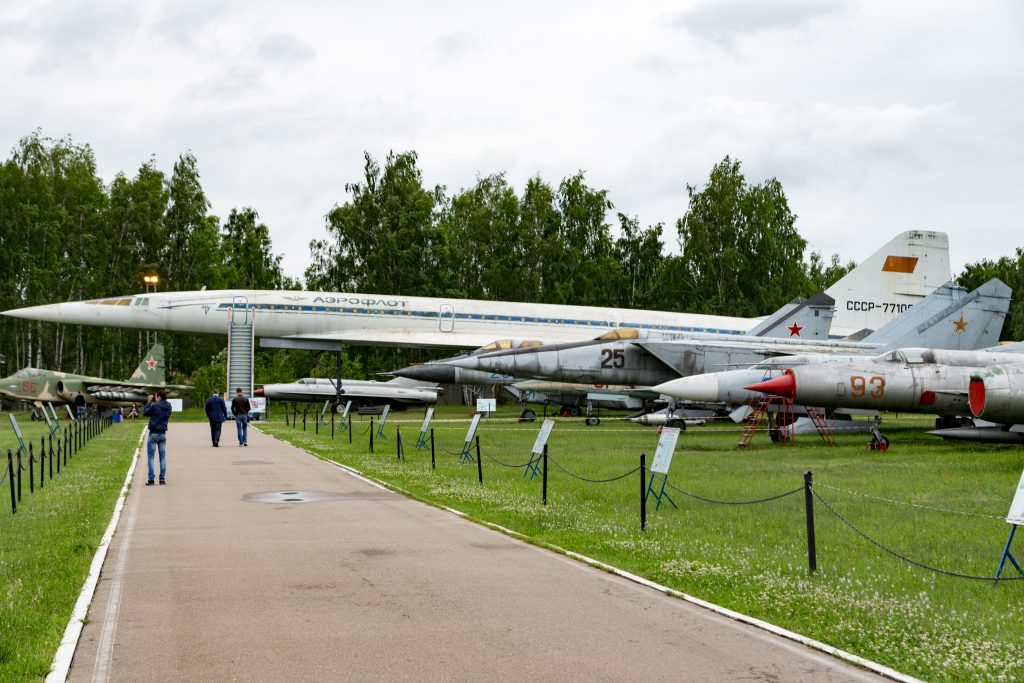
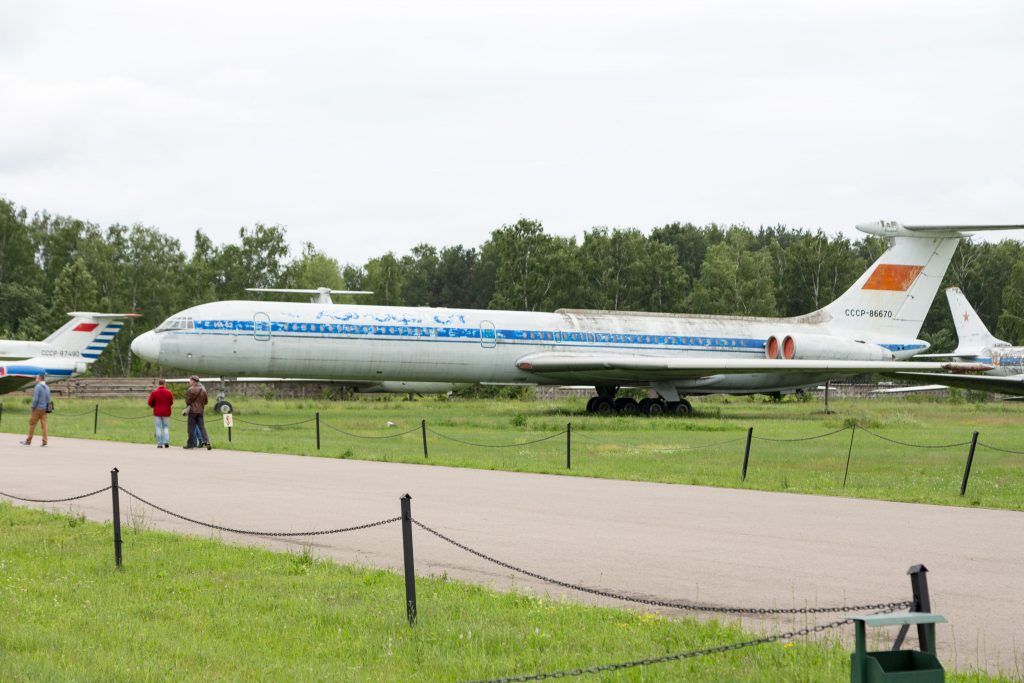


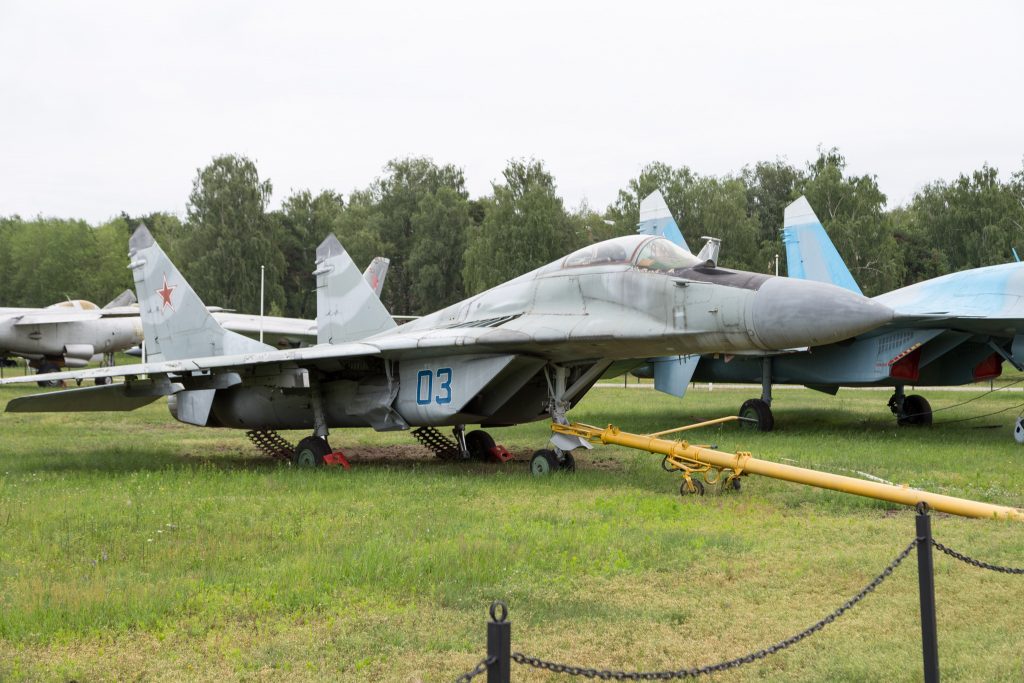
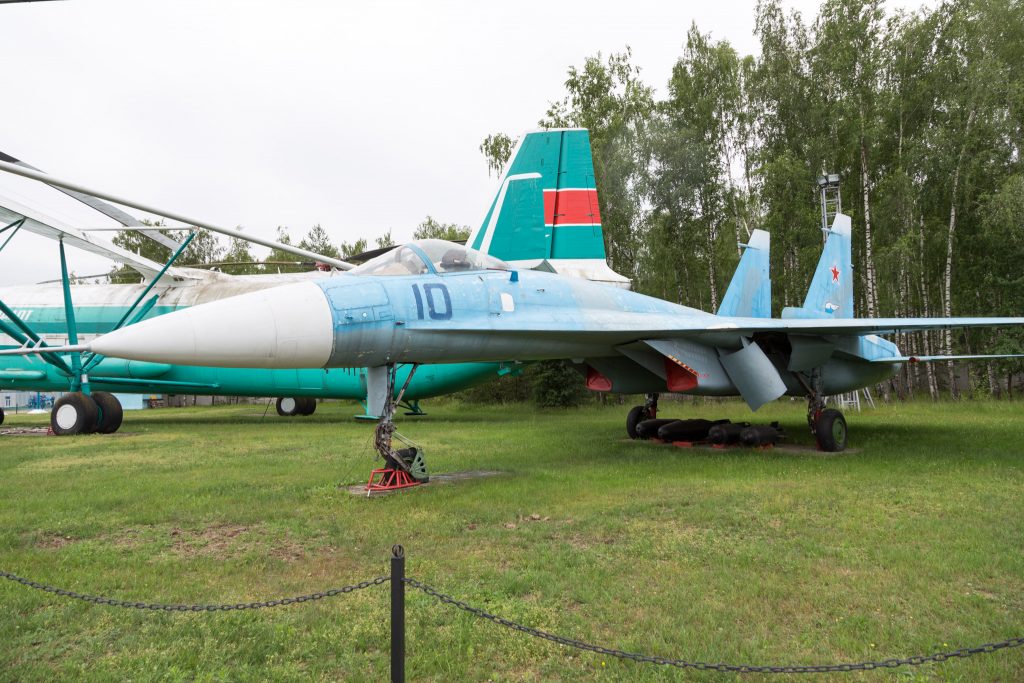
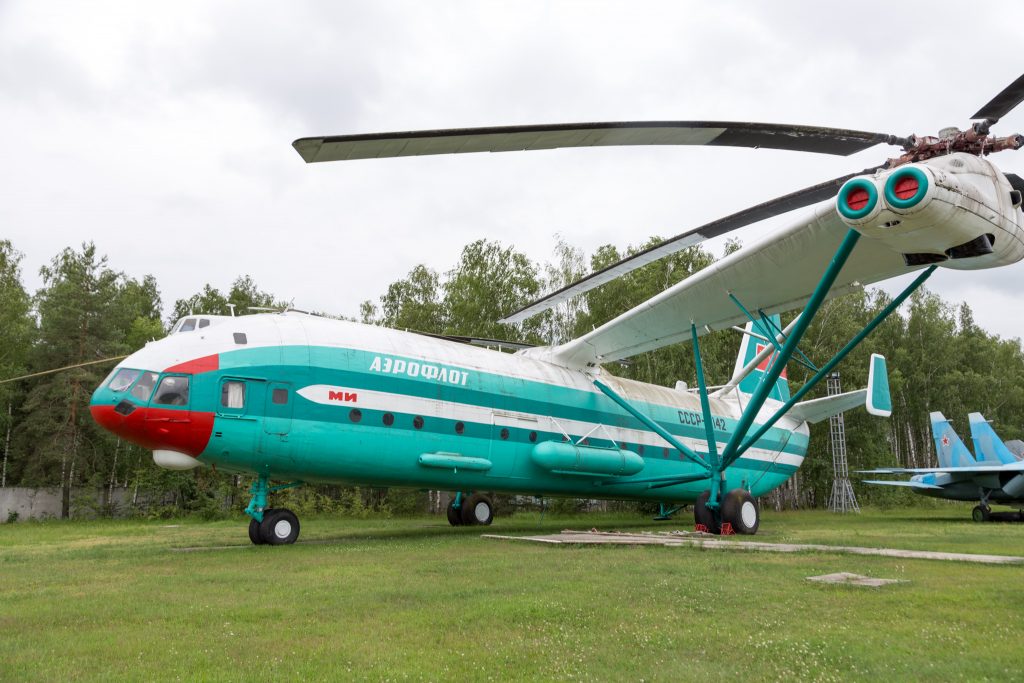
You must log in to post a comment.